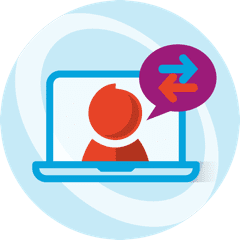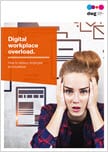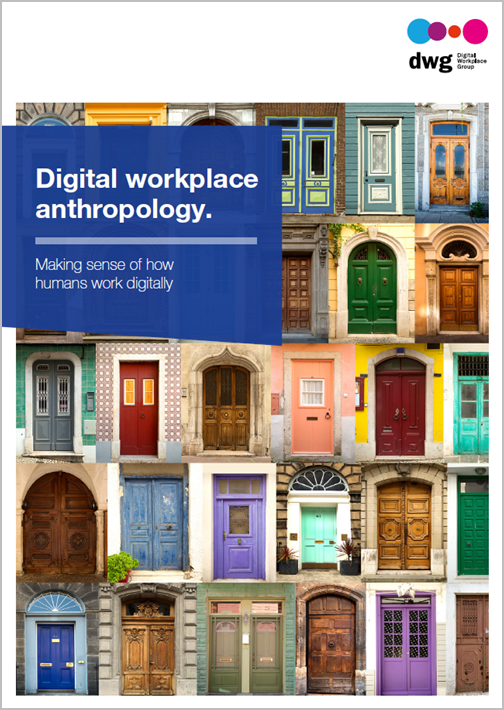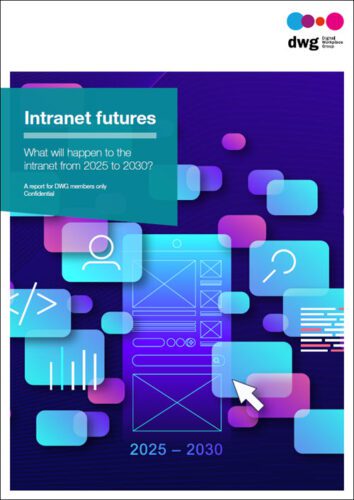Understanding guided attention
A new approach to overcoming digital friction and improving the digital workplace experience
by Rob Ryan, Director of Product Marketing and Business Value, Workgrid Software
Taking the digital workplace beyond the pandemic
The past few years have been challenging, to say the least. You’ve endured sleepless nights as you scrambled to keep both employees and the business functioning in the midst of tremendous disruption. But your efforts have paid off. Things are settling into a new normal and now it’s time to take a deep breath and relax.
If only this were true… Unfortunately, your work is not done yet!
Employees are struggling to find their equilibrium after everything that’s taken place. They’re stressed and disengaged, and they aren’t working as productively as they could. Sometimes they’re even so unhappy they’re ‘quiet quitting’ or actually leaving.
The source of their issues can often be tied to frustrations with their work environment:
- 91% of employees reported that they’re frustrated with software
- 57% of unsatisfied employees say their current software makes them less productive
- 49% of employees report that inadequate workplace technology causes them to feel stressed and 48% claim it has negatively impacted their mental health.
This feedback leaves no doubt that something needs to be done – and soon.
The threat of digital friction
The challenges of the pandemic may be mostly behind you, but there’s still an invisible threat lurking in your organization that’s making work more complicated than it needs to be. That threat is digital friction. It’s the unnecessary effort employees have to exert in order to use technology – and it’s keeping them from getting the full value out of your digital workplace.
This is a big problem.
The success of your employees (and therefore your business) hinges on the effectiveness of your digital workplace. It’s the single connection point shared amongst your workforce – and, for some employees, it’s the only workplace they have, which means it’s also the only connection they have with your organization.
Digital friction isn’t just a problem for employees. It’s also having a significant domino effect on business, with $900 billion lost every year in the US economy because of a reduction in productivity and innovation, which is directly correlated to basic issues with workplace technology, including:
- Too many logins
Many systems don’t support single sign-on, requiring employees to manually type in their username and password over and over. - Too many steps
It often takes 10–15 clicks for employees to complete simple transactions like approving expense reports or processing timesheets. - Context switching
Employees lose valuable time toggling from one system to another to complete a task or look up common information. - Complex employee experience
Workers struggle to navigate a maze of disparate systems that all have completely different user experiences.
What are the causes of this digital friction?
So, where does the unforgiving threat of digital friction come from?
It’s actually all around us, hidden in the most mundane of daily activities. That’s partly what makes it such a pervasive problem – one that, if left unchecked, will destroy your organization from the inside out.
Digital friction falls into three main categories:
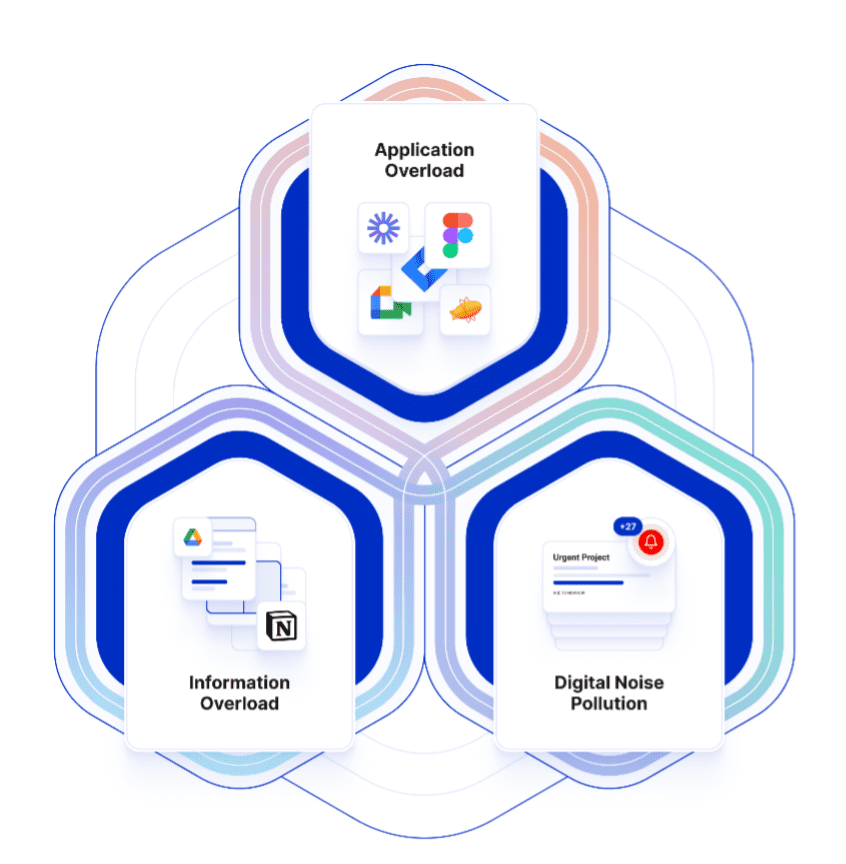
The impact of digital friction is pervasive; 70% of workers toggle between apps up to 10 times an hour and take 23 minutes to recover from each digital distraction and disruption.
- Application overload
As a result of the recent app explosion, employees typically context-switch more than 1,200 times every day. That’s a lot of time wasted simply trying to navigate the systems they need to do their jobs. Add to that the flood of distractions, data silos and complex processes they face, and it’s no wonder employees are so frustrated. They’re dealing with a very poor employee experience that makes it next to impossible to get any actual work done. - Information overload
The volume of information employees are trying to stay on top of is staggering. They’re expected to process never-ending streams of content, conversations, activity, interactions and tasks, a deluge that’s further complicated by data silos that make it difficult to find the right information when it’s needed. This drastically hinders productivity and decision-making. - Digital noise pollution
The result of all these apps and the flood of information they deliver is digital noise pollution, meaning employees are constantly peppered with ‘noise’. All these pings, alerts, signals, emails, @mentions, tasks and to-dos – none of which are prioritized – constantly clamour for the attention of employees. This is exhausting and incredibly problematic because human beings have finite attention spans as well as a limited capacity to retain and process data.
Each of these issues on its own can derail the productivity of your organization. Together, they have the power to destroy the employee experience.
Guided attention – a new approach to eliminating digital friction
When employees struggle with digital friction, their work suffers. This isn’t hyperbole, it’s science. Having their attention fractured and being constantly interrupted throughout the day compels employees to hurry to get their work done. This sense of urgency increases the stress hormone cortisol, driving anxiety to untenable levels.
But what if they had help in managing their attention, a way to aid focus and productivity? What if, instead of grinding against the technical resistance of the day, technology were to assist them? What if they had a truly intelligent digital assistant that provided news, information, alerts and tasks where they were needed, when they were needed, right within the flow of work?
Workgrid’s guided attention technology is the first solution of its kind. It is a paradigm shift in the way employees interact with technology, simplifying the digital experience by minimizing digital friction. It helps to free workers from the everyday chaos that destroys focus, wastes time, hinders productivity and can decimate the employee experience.
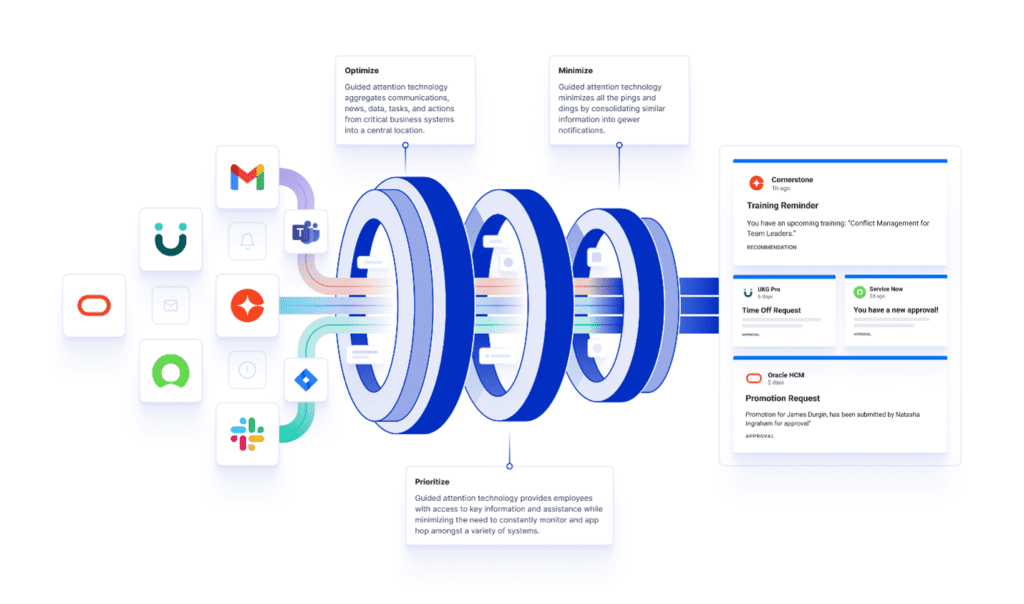
Guided attention technology integrates with essential business systems, abstracting only the content and actions that employees actually need.
This creates a custom user experience for each person that:
- surfaces the right notifications, signals, alerts and information, when and where they’re needed
- sends nudges for time-sensitive information or tasks that require awareness or action
- automates complex workflows and processes.
Guided attention technology creates a simplified experience for your tech stack. It optimizes the employee experience within the channels that are convenient for employees, such as on the intranet, in workstream collaboration platforms like MS Teams, or through mobile or desktop apps.
By empowering employees to do their best work, guided attention technology helps workers to be more productive, make better decisions and feel more aligned with the organization, which ultimately leads to happier employees and better business results.
You have a unique opportunity to transform how work gets done in your organization – to reject the old-fashioned idea that busy work and digital frustration are simply part of doing business. Now is the time to embrace a new way of working and abandon the pain and practices that are holding your organization back. Learn more about how to help guide your employees’ attention in this introduction to guided attention technology video.
Putting guided attention technology to work for you
Related resources
Rob Ryan has spent his career solving complex business challenges within Fortune 500 organizations and highly regulated environments. An expert in digital transformation and employee experience, Rob’s award-winning program strategies and organizational change plans have helped shape the intranets, extranets, digital workplaces and digital employee experiences for some of the world’s most recognized organizations and brands.
As Workgrid’s Director of Product Marketing and Business Value, Rob leads product marketing direction, thought leadership, analyst relations and industry insights.
LinkedIn: https://www.linkedin.com/in/ryan1/
Twitter: @RobRyanArt
Categorised in: Uncategorized
